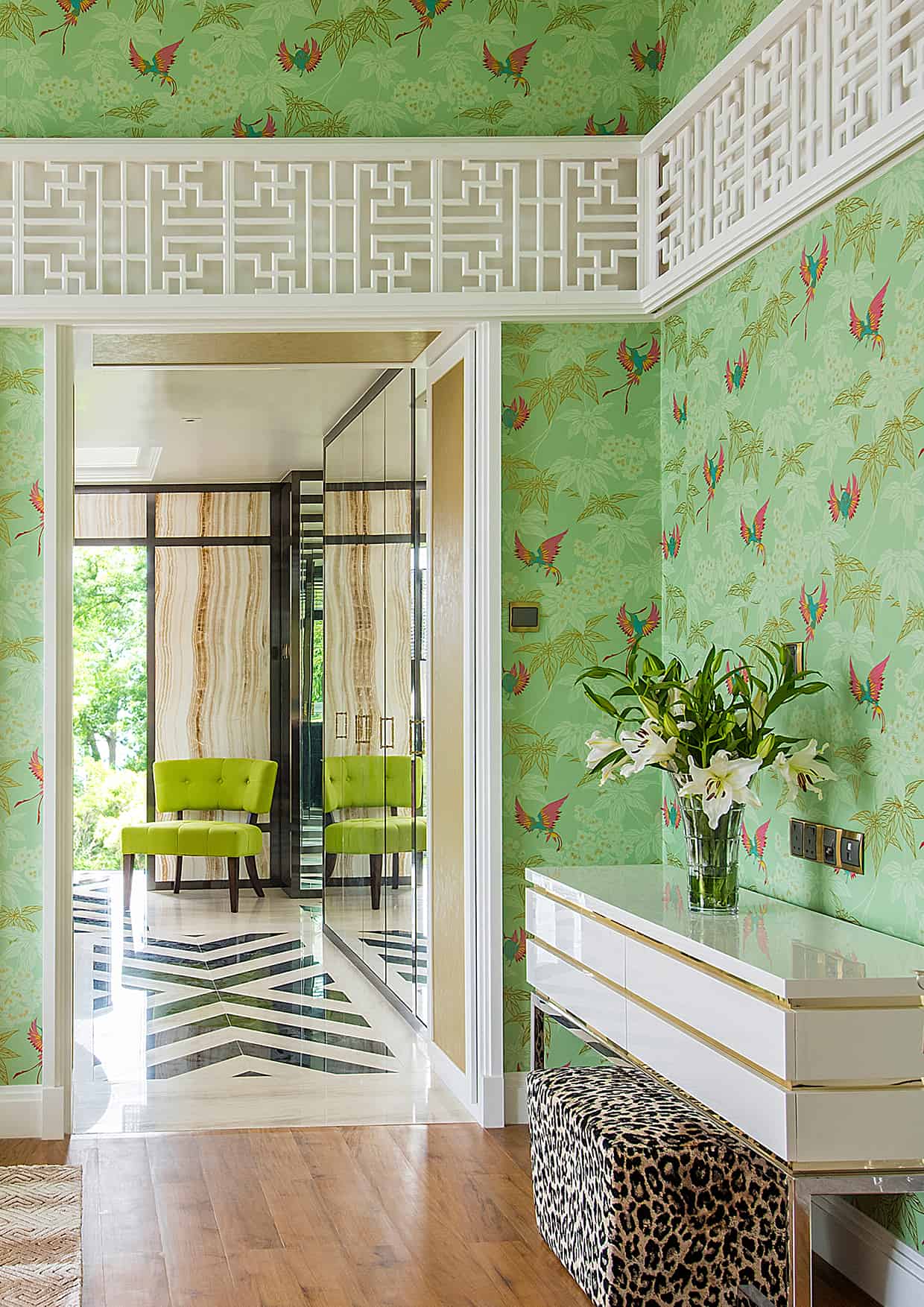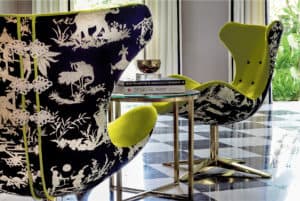I have had a busy couple of days- decorating the house for Chinese New Year and now, I finally have some time to relax with some coffee and some yummy pineapple tarts and reflect on my hard work. And I realize, just how much traditional Chinese motifs have influenced my work over the years. I just love, love, love Chinoiserie and a quick look back at our past projects reveal just how often we have incorporated this design style into our projects. I just love, love, love Chinoiserie and a quick look back at our past projects reveal just how often we have incorporated this design style into our projects.
I just love, love, love Chinoiserie and a quick look back at our past projects reveal just how often we have incorporated this design style into our projects.


So what is CHINOISERIE style? The word Chinoiserie is French and means “in the Chinese taste”. It describes a decorating trend that has been used for centuries to infuse drama, and a sense of fantasy into some of the world’s most glamorous interiors. Many popular Chinoiserie motifs will be instantly recognizable to us in Asia and people often, mistakenly, assume that the style originated in China. But it is, in fact, a trend that began in Europe in the 17th Century. This was a time when European merchants were establishing trade routes across Asia, bringing home whimsical products and incredible stories of distant, mysterious lands. The Europeans didn’t distinguish between these Eastern cultures and everything from China, Japan, India and Persia were termed “Oriental”. Owning a piece of, “Japanned” furniture, as some pieces were called, became the height of fashion amongst Europe’s elite. They were fascinated with all things Asian and throughout the continent, aristocrats, began decorating their castles and palaces with Chinoiserie elements. As authentic products were rare, European manufacturers produced imitations, often adapting traditional Asian designs and symbols, altering scale and proportion to better suit European taste. In essence, Chinoiserie is the original East Meets West design style.

 Typical Chinoiserie Designs European craftsman decorated everything from wallpapers, pottery, porcelain, and painted furniture with scenes from the orient. Typical Chinoiserie motifs included the Dragon image which the Europeans regarded as the symbol of the mystical Eastern lands.
Typical Chinoiserie Designs European craftsman decorated everything from wallpapers, pottery, porcelain, and painted furniture with scenes from the orient. Typical Chinoiserie motifs included the Dragon image which the Europeans regarded as the symbol of the mystical Eastern lands.



Another common feature of Chinoiserie decoration are figures wearing Chinese clothing. Some artists chose to copy figures from genuine imports but, in many cases, the images they drew were products of the designer’s imagination.

Birds, flowers and fanciful landscapes were also popular, as were pagodas. So different from English architecture, the pagoda was incorporated into the design of many Chinoiserie objects.

 Chinoiserie Today In a reaction to the minimalism that has dominated the design scene for much of the past decade, designers are embracing luxury and pattern. There is a return to glamorous and colourful interiors and Chinoiserie is at the forefront of this trend. Four Hundred years after it originated, some of the worlds best known designers are reinventing the Chinoiserie style, reinterpreting it in fresh colourways, proportions or materials to make it as relevant today as it was centuries ago. 21st century Chinoiserie is still glamorous but it is a glamor mixed with humor invoking a sense of luxury without formality. Chinoiserie rooms don’t have to be busy: the look is more streamlined and crisp than it was centuries ago.
Chinoiserie Today In a reaction to the minimalism that has dominated the design scene for much of the past decade, designers are embracing luxury and pattern. There is a return to glamorous and colourful interiors and Chinoiserie is at the forefront of this trend. Four Hundred years after it originated, some of the worlds best known designers are reinventing the Chinoiserie style, reinterpreting it in fresh colourways, proportions or materials to make it as relevant today as it was centuries ago. 21st century Chinoiserie is still glamorous but it is a glamor mixed with humor invoking a sense of luxury without formality. Chinoiserie rooms don’t have to be busy: the look is more streamlined and crisp than it was centuries ago.  Sometimes, we use it to spice up interiors with little architectural interest or to add another dimension to contemporary rooms. And, because Chinoiserie reflects so much of the culture and colour of life in Singapore, we often incorporate Chinoiserie accents to give our projects a sense of place.
Sometimes, we use it to spice up interiors with little architectural interest or to add another dimension to contemporary rooms. And, because Chinoiserie reflects so much of the culture and colour of life in Singapore, we often incorporate Chinoiserie accents to give our projects a sense of place.  But perhaps, the reason that Chinoiserie is such a particular favourite of mine, is that it brings a light-hearted, playful feeling. The stylized oriental figures, patterns and colours make me smile. And there can be few better reasons to decorate your home, than to create an environment that lifts your mood and makes you feel good. And, for me, Chinoiserie does just that.
But perhaps, the reason that Chinoiserie is such a particular favourite of mine, is that it brings a light-hearted, playful feeling. The stylized oriental figures, patterns and colours make me smile. And there can be few better reasons to decorate your home, than to create an environment that lifts your mood and makes you feel good. And, for me, Chinoiserie does just that.












